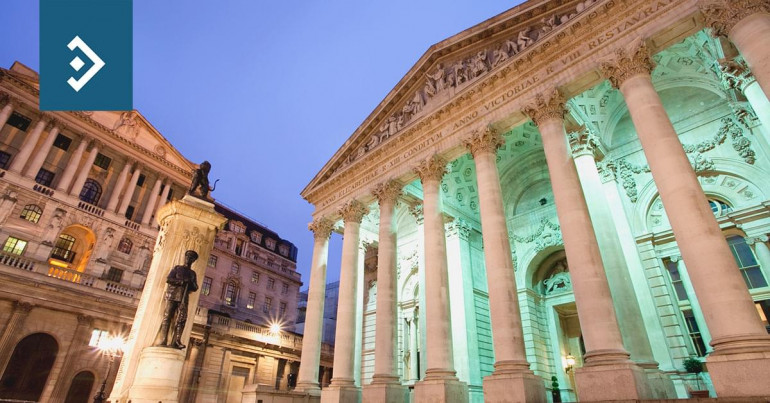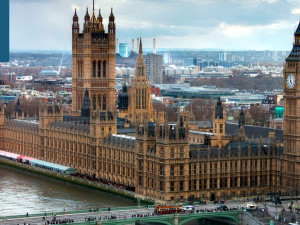
BoE to see first split votes
Morning mid-market rates – The majors
2nd August: Highlights
- Sunak calls for easing of travel restrictions due to fears over hospitality sector
- Rates unlikely to rise before Q4’22 but tapering to start before year end
- Concern for single currency as ECB to continue support well into 2022
MPC likely to see first splits over timing of taper
That would be a fairly cosmetic event, since there is still a majority in favour of support remaining at its current level. It would, however, drive the view that the landscape is changing and there is a change if not on the horizon, then certainly coming closer.
Andrew Haldane, the bank’s ex-Chief Economist, voted to cut the current round of intervention from £150 billion to £100 billion. That was seen as Haldane’s final act of the campaign over his final few months to convince the nation about how strong the recovery has been.
This week’s meeting will see how strong the views of Michael Saunders and Dave Ramsden are. They have both spoken recently of the need to tighten policy sooner rather than later. It is hard to discuss this issue factually since it is a completely new event and comes down to the opinion of those in the know.
The UK economy, which was so badly hit by the Pandemic that it looked at one point like it would need life support, has recovered remarkably well due almost totally to the discovery and distribution of the vaccine. Something worth considering is what would the country look like today without the success of the Government’s vaccination programme.
It could almost be considered a Battle of Britain event.
According to several surveys of analysts, the pound is around fair value around the 1.40 level versus the dollar. That means that buyers and sellers should be fairly well-balanced given the positive and negative factors currently in the market.
There are some daily bullish views on the outlook for the economy, with growth expected to be 7.5% this year and 6.4% next. Unemployment is expected to continue to fall, with the rate reaching 4% by year-end.
Today, manufacturing activity data will be released for the UK. It is expected to be unchanged at 60.4%, well above the 50 level which determines growth or contraction.
Last week, the pound rallied against a weaker dollar. It hit a high of 1.3983, closing at 1.3903.
Considering your next transfer? Log in to compare live quotes today.
Fears of slowdown not appearing yet
This would be an improvement of 50k over the June figure and would provide further evidence of the approach of a change in Fed monetary policy.
Last week’s FOMC meeting was something of a disappointment to the market, although it was pretty much a case of what else did you expect.
The level of advance guidance had been lifted to such an extent that Jerome Powell almost published his remarks prior to the meeting.
Following the summer, it is certain that things will heat up. Although Powell’s comments almost certainty removed the chance that the level of asset purchased will begin to be tapered at the September meeting, it is likely that October’s meeting could mark the beginning
The one fly in the ointment for the Fed currently is the threat that has come from the White House that President Biden won’t hesitate to re-introduce lockdowns should the number of infections from the Delta variant look like getting out of control.
FOMC member and St Louis Fed President James Bullard commented on Friday that growth in Q2 looks likely to be lower than was expected six to eight weeks ago, but he expects a further pick-up as bottlenecks in supply chains fade naturally. He went on to predict that the reduction of asset purchases would begin in the Autumn.
A slight improvement in manufacturing activity is expected when the data is released later today. Manufacturing PMI is expected to have risen from 60.6 to 60.8.
As well as the NFP, jobless claims, private sector employment and services output will all feature this week.
The dollar index retreated last week as risk appetite rose, and the market reacted to a fairly dovish FOMC statement. It fell to a low of 91.78 and closed at 92.08.
But economy lags rest of G7
From the tone of the remarks from Christine Lagarde recently, it appears that the ECB is determined to ensure that the issues that were dominating the Eurozone prior to the Pandemic do not mar the recovery, even if that does mean a rise in inflation.
Certain nations will be pleased to see the suspension or perhaps the removal of certain conditions that had been put in place by Brussels. Mario Draghi’s Italian Government will rejoice at not being limited by the strangulation brought about by restrictions on the budget deficit.
The first estimate of Q2 GDP showed that the economy grew by 2%, well above the estimate of 1.5% and the previous quarter, which was still in decline at -0.3%.
Since the market remains so much in the thrall of Central banks and their decisions on when to begin to remove support, it is somewhat surprising that future expectations for the euro remain fairly bullish.
It seems that the Fed is likely to begin to taper support in the Autumn, with most traders expecting it to be announced at the October FOMC, while the ECB is unlikely to taper this year and perhaps not until the second quarter of 2021.
Simplistically and ignoring any other drivers which may emerge that would place the dollar at a huge advantage and should see the single currency plummet close to its low for the year at 1.1706.
One further negative is the possibility that the ECB could actually increase the level of its bond purchases in December, although this may seem a little excessive. Inflation has risen only moderately to 2.2% in the latest reading and given its new symmetrical inflation policy, the Central bank may be encouraged to ease off the brake even more.
The reopening of the economy due to the success of the vaccination programme despite its rather hesitant start, has led the economy back into positive territory and although the Delta Variant hasn’t yet reached its peak the likelihood is that it won’t blow the recovery off course.
Last week, the euro also reacted to a weaker dollar. It rose to a high of 1.1908, closing at 1.1872.

About Alan Hill
Alan has been involved in the FX market for more than 25 years and brings a wealth of experience to his content. His knowledge has been gained while trading through some of the most volatile periods of recent history. His commentary relies on an understanding of past events and how they will affect future market performance.”



